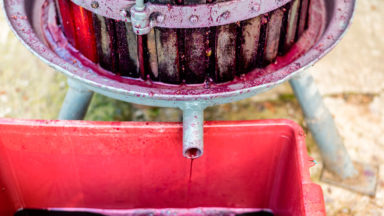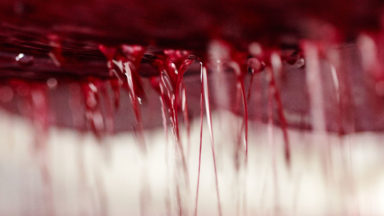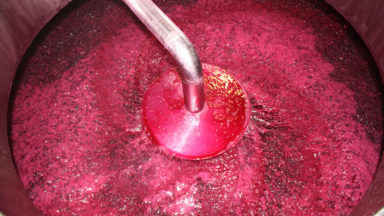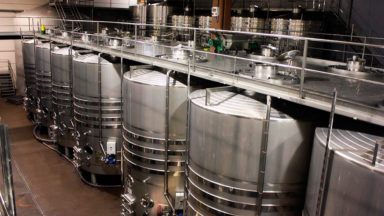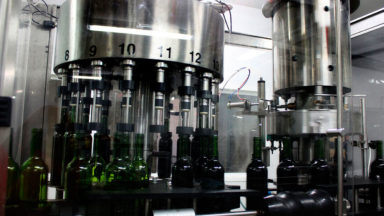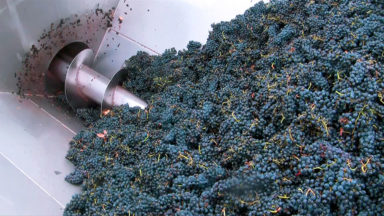What it is: Once separated from the stem the fruit is crushed to extract the must. What its purpose is: When crushing the berries, we obtain a larger amount of must. This will result in a more efficient extraction of must in the case of the white grape, which goes directly […]
Tipo de vino proceso de elaboración del vino / Vino rosado
Blog
What it is: The action of allowing the must that is released from the harvest to flow. What its purpose is: To extract the grape’s free-run juice or draining, thus separating the must from its solid parts in a natural way.
What it is: It is the process in which the must’s sugar becomes ethyl alcohol through the action carried out by the natural yeasts that are present in the grape skins (in the bloom) and in the winery itself. It is one of the essential moments in the process of wine-making. […]
What it is: It consists in separating the wine from the lees that accumulate on the bottom of vats or barrels. Lees are the remains of yeasts and other solid substances that accumulate on the bottom of wine containers. What its purpose is: It is how the wine is separated from […]
What it is: It consists in adding to the wine a fining agent that by means of electrostatic charge joins the particles in suspension with opposite charge, forming larger floccules that precipitate due to gravity. What its purpose is: Its purpose is to eliminate sediments or particles in suspension. For example, egg […]
What it is: Cold stabilization is the process in which wine is subject to cooling so the tartrates, which are not soluble at lower temperatures, precipitate in the vat. Tartaric acid, which is the grape’s main, forms salts with the Potassium and Sodium becoming tartrates. What its purpose is: So precipitations are […]
What it is: As its name suggests, it consists in introducing the wine in the bottle. What its purpose is: It is one way of getting the wine to the consumer, but above all, it is the best, as besides a matter of image, the bottle is the final touch in fine-tuning […]
What it is: It consists in separating the grapes from the stem or stalk, which is the herbaceous structure of the cluster. What its purpose is: The stem has a lot of potassium, which reduces the acidity of wines. Sometimes, the stem may also provide herbaceous tastes to the wine.

 Español
Español
